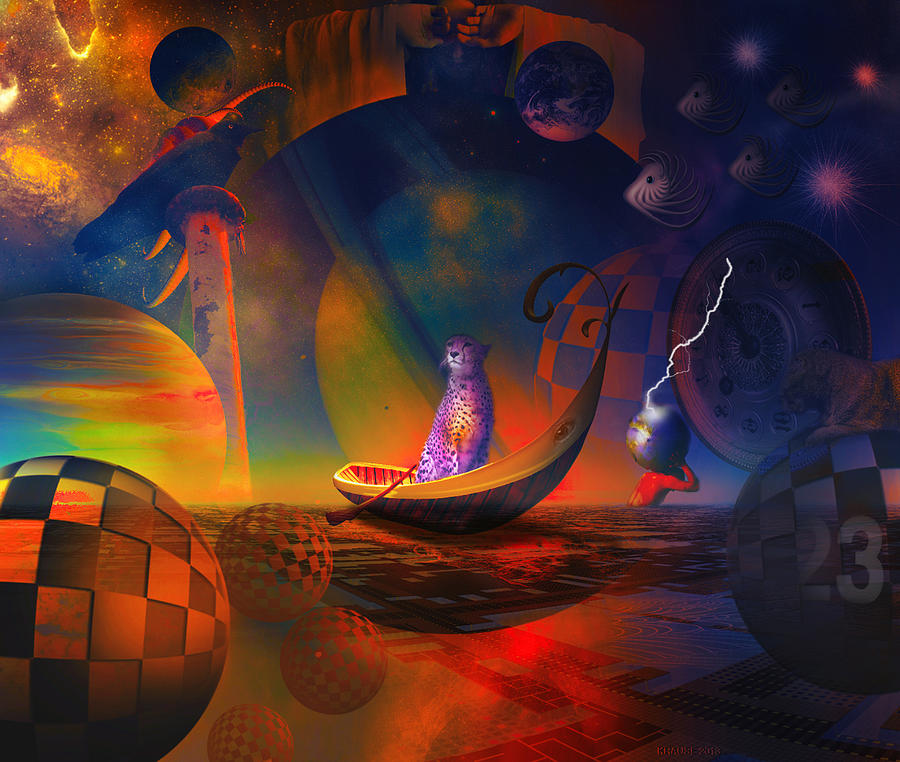
These components are especially powerful for creating video special effects. For example 31 perlin noise will refer to a 3D scalar noise function that has 3 inputs (3D) and 1 output (scalar).Ī number of components allow you to access and process external images and movies (up to eight different movies or pictures can be accessed in a single Tree). Component are often referred to using the in-out number before component’s name so that the component’s type and dimension is clear. The number of inputs of a Component sets its dimension, the number of outputs sets its type (scalar or vector (2D to 5D)). The number of input dimension used by the Structure Tree determines if the system is 2D, 3D, or even 4D if the Tree uses global time input as well. When the Tree final component outputs a RGBA vector the entire tree is an image rendering algorithm that creates each pixel color and alpha value. When a Tree final component outputs a single value, the tree can be seen mathematically as a scalar 2D or 3D function. Component can have 1 to 4 input dimensions and 1 to 5 outputs. Component are represented graphically by a Tile and the term ‘Tile’ is often used in place of ‘Component’. Values are flowing from top to bottom and transformed by each Component until the bottom Component(s) outputs the final results.Įach component has up to four parameters that can be modified over time using keyframes. The tree takes its initial inputs from image space coordinates, time and various optional global inputs. It is essentially a flow chart that defines the procedural mathematics creating the image. The structure Tree is a web of Components wired together in limitless combinations.

ArtMatic Explorer lets you tweak and render existing ArtMatic systems with all the richness possible with the various shaders and ‘published’ parameter space. It’s companion ArtMatic Voyager is designed for 3D rendering of terrains, clouds and 3D objects created in ArtMatic Designer. ArtMatic Designer and Explorer rendering is limited to 2D. With Compiled Tree you can design your own custom functions that will further enrich the huge toolbox of ArtMatic Engine. There is in fact no limit to what it can be used for. Keep in mind ArtMatic Designer is an ‘open’ system. With its extensive set of mathematical tools ArtMatic offer a fun way to explore, teach and visualize mathematics.

Canvas View, Main Gradient, and View toolsĪrtMatic is a unique kind of software.ArtMatic’s Overall OrganizationĪrtMatic is a 2D, 3D, and Audio Engine that is the core of multiple applications: Designer, Voyager, vQuartz, and Explorer (Designer Lite).ĭesigner gives users access to math “programming level” to generate 2D images and audio, Voyager integrates with Designer to create 3D landscapes and objects from Designer files and images.Ĭlick on these links to jump to an overview on each application: However, there are a few things that are worth understanding when reading any of these sections.

Each section can be reviewed as-needed to assist in increasing your mastery. To change languages, click on the list at the bottom of the browser. It is available in multiple languages via DeepL AI translation.

#Rendering in artmatic voyager manual
This reference manual provides detailed documentation for ArtMatic’s functions, features, behaviors and user interface.


 0 kommentar(er)
0 kommentar(er)
